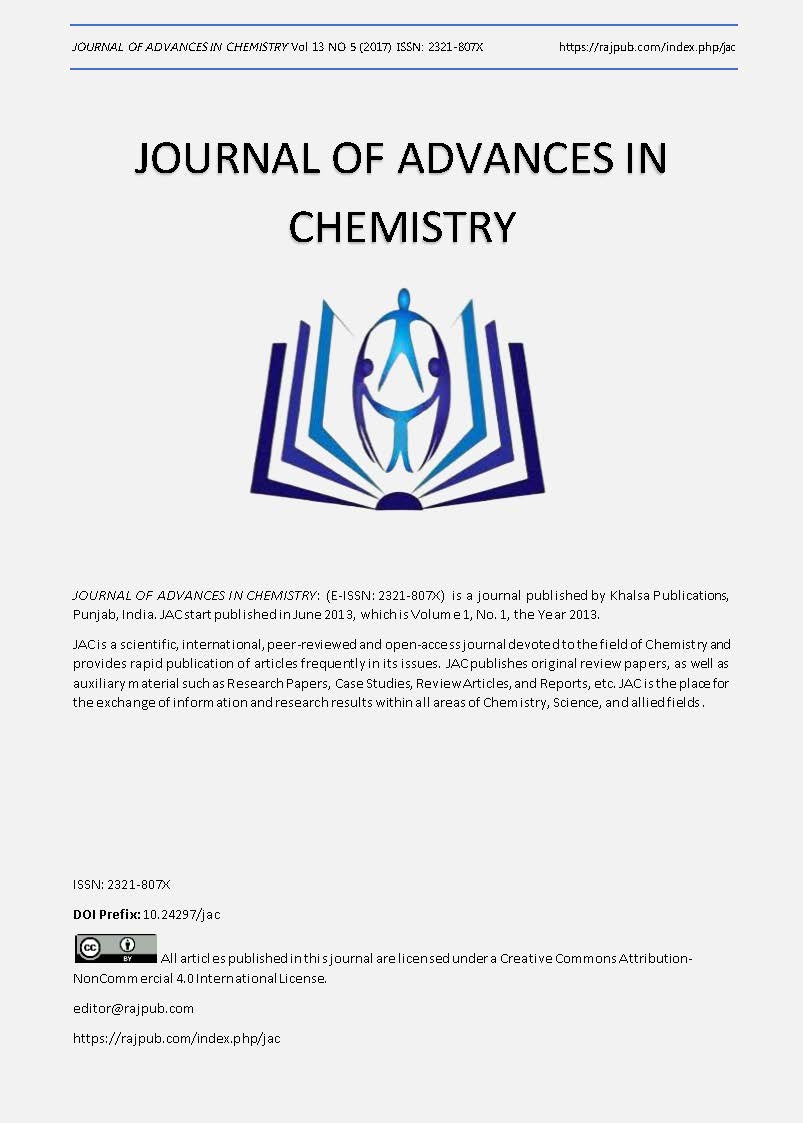Decomposition of NOx and PM emission in Diesel Exhaust by Electrochemical reactor with Multilayered Electrodes
DOI:
https://doi.org/10.24297/jac.v13i5.5712Keywords:
Diesel, Biodiesel, Engine, Emission, ElectrochemicalAbstract
NOx emissions are highly poisonous and reactive gas liberated excessively from diesel engines. This work attempts to decrease NOx emissions by developing electrochemical reactor. The electrochemical reactor consists of electrochemical cells placed inside it. The electrochemical cells are fabricated by YSZ as an electrolyte middle layer coated with NiO -YSZ as cathode layer and Ag-YSZ as anode layer. The electrochemical cells are tested with diesel exhaust in a single cylinder dieselengine. By passing the variable voltage to the electrochemical cell, it is observed that up to 70% NOx reduction and 65% PM reduction was achieved with electrochemical cell. Further by coating the BaO NOx storage material, NOx reduction was reduced to 75% and PM reduction up to 70% was achieved. NOx reduction was greater with electrochemical cell -2.The presence of NOx storage material causes more NOx decompositions in the cathode layers. NOx decomposition also increases the oxygen concentrations, which further oxidizes the HC and PM emissions.The increase in NO decomposition was due to the increase in the ionic conductivity of the YSZ substrate. NOx reduction by electrochemical cell is a cost effective method.
Downloads
References
2. Jiafeng Sun., Jerald A. Caton, Timothy J. Jacobs ., “Oxides of nitrogen emissions from biodiesel-fuelled dieselenginesâ€., Fuel Processing Technology 96 (2012) 237–249
3. K. Hamamoto, Y. Fujishiro, and M. Awano, “Intermediate temperature electrochemical reactor for NOx decomposition,†Journal of The Electrochemical Society, vol. 153, no. 11, p. D167–D170, 2006.
4. K. Hamamoto, Y. Fujishiro, and M. Awano, “Low-temperature NOx decomposition using an electrochemical reactor,†Journal of The Electrochemical Society, vol. 155, no. 8, pp. E109–E111, 2008.
5. Pancharatnam S., HugginsR. A., D.M.,J.Electrochem. Soc., Vol.122, No.7,(1975) 869.
6. T.Gur and R. Huggins., J. Electrochem.Soc., 1979,126, 1067- 1075.
7. W.Y.Henandz., A.Hadjar., M.Klotz., “NOx storage capacity of Yttria-stabilized zirconia-based catalystsâ€., Applied catalyst B: Environment 130-131(2013)54-56.
8. Yoshihara Yoshhinobu., Yoichi Tsuda., Ritsumekia Univ., “Simultanious reduction of NOx and PM in Diesel exhaust based on electrochemical reactionâ€. SAE Technical Paper., 2010-01-0306.
9. M.Awano., S.Bredikhin., A.Aronin., “NOx decomposition by electrochemical reactor with electrochemically assembled multilayer electrdesâ€.,Solid state ionics., 175(2004)605-608.
10. Peter Broqvist, Henrik Grönbeck, Erik Fridell, Itai Panas., “NOx storage on BaO: theory and experimentâ€, Catalysis Today 96 (2004) 71–78.
11. Marie Lund Traulsen, Kjeld Bøhm Andersen, Kent Kammer Hansen., “NOx conversion on LSM15-CGO10 cell stacks with BaO impregnation†, Journal of Materials Chemistry 22(23):11792-11800.
Downloads
Published
How to Cite
Issue
Section
License
 All articles published in Journal of Advances in Linguistics are licensed under a Creative Commons Attribution 4.0 International License.
All articles published in Journal of Advances in Linguistics are licensed under a Creative Commons Attribution 4.0 International License.




